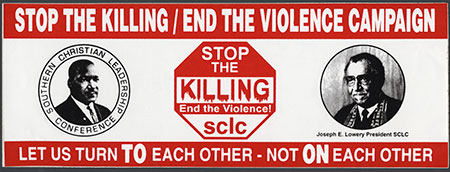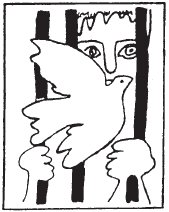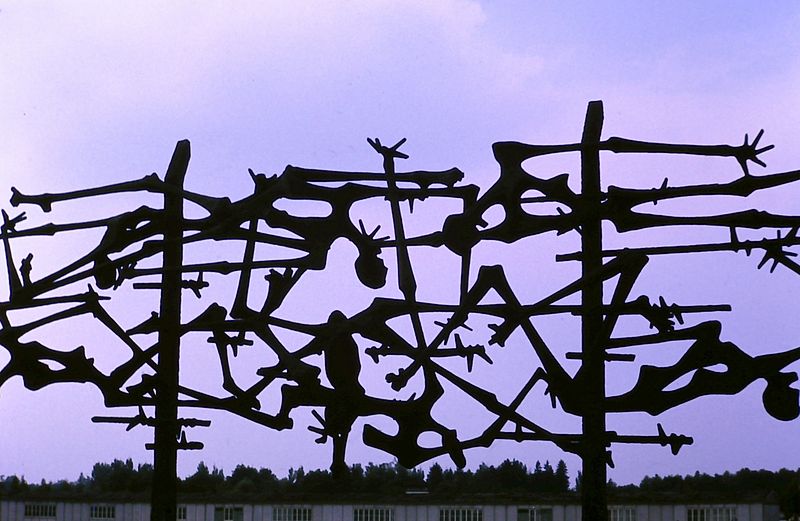The Birth of the Southern Christian Leadership Conference
by SCLC
Editor’s Preface: Following upon the victory of the Montgomery bus boycott (December, 1956), the nonviolence organizer Bayard Rustin had the idea of convening a meeting of black leaders in order to create an organization that would carry on the nonviolent struggle for civil rights. This 1957 SCLC brochure, reproduced here as a pdf file, and our most recent discovery in the War Resisters’ International archive, is a vivid reminder of how central a role Gandhian nonviolence played in the US civil rights movement. Indeed, one of the major contributions of both SCLC, and Martin Luther King, Jr., was to synthesize Gandhian nonviolent civil resistance (satyagraha) with Christian nonviolence, as the quote below extracted from the brochure illustrates. This essential synthesis not only permeates the brochure, but also is the main theme of Martin Luther King’s ground breaking spiritual classic, Stride Toward Freedom (Boston: Beacon Press, 1958). JG

Poster courtesy scholarblogs.emory.edu
“The basic tenets of Hebraic-Christian tradition coupled with the Gandhian concept of satyagraha,
or truth force, is at the heart of SCLC’s philosophy.
Christian nonviolence actively resists evil in any form.” SCLC
On January 10, 1957, more than 100 Southern leaders gathered in Atlanta, Georgia, to share and discuss their mutual problems of the Southern struggle. By unanimous agreement, the body voted to form a permanent organization that would serve as a coordinating agency for local protest centers that were utilizing the technique and philosophy of nonviolence in creative protest. Two months later, close on the heels of the successful Montgomery, Alabama bus boycott, SCLC came into being in New Orleans, Louisiana. Martin Luther King, Jr., was elected president.













